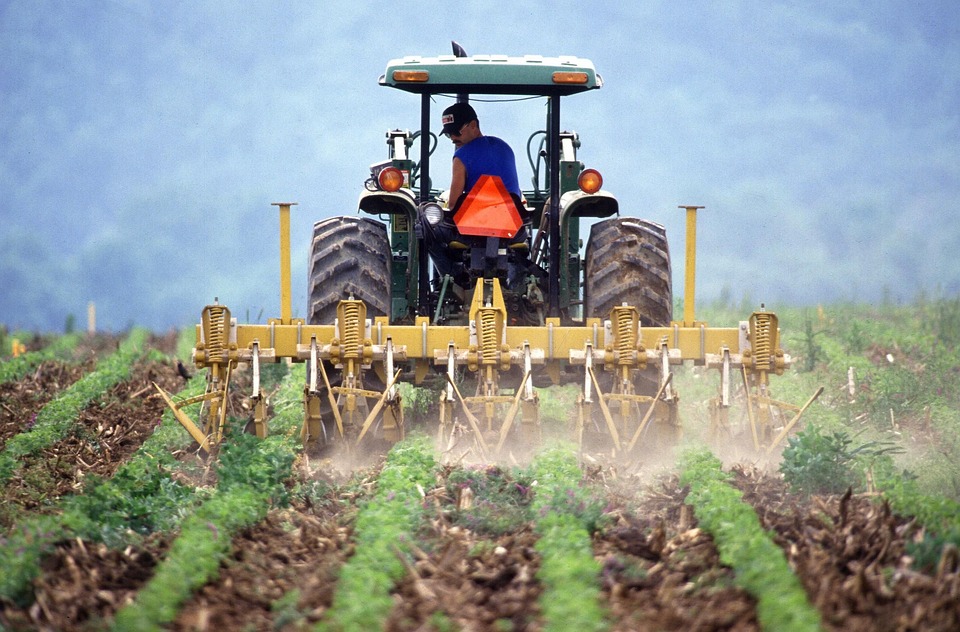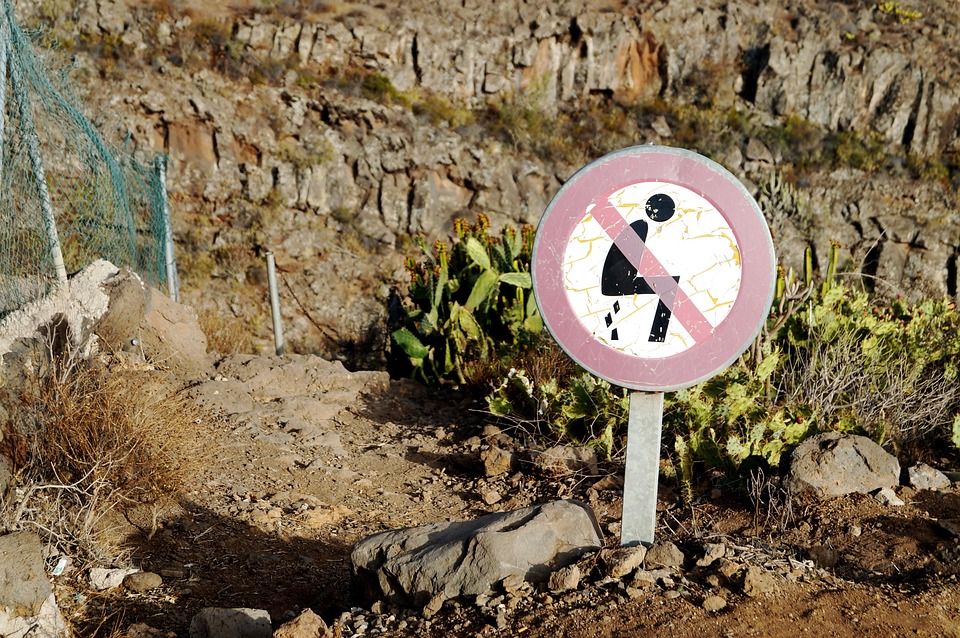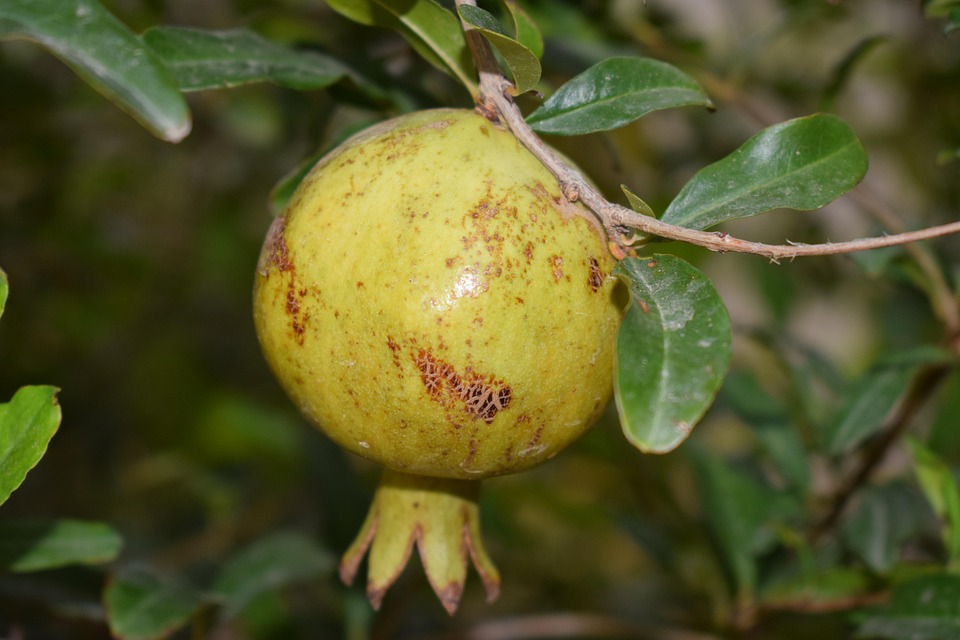**Traveling Green: Tips for an Environmentally Conscious Journey**
# Traveling Green: Tips for an Environmentally Conscious Journey There’s something magical about catching a breath of fresh mountain air or wandering through tranquil forests, where the sounds of nature offer a symphony that drowns out the clamor of city life. Just last summer, I found myself standing at the foot of a majestic waterfall, the mist kissing my face as I reveled in the beauty surrounding me. The journey that brought me there was not only personal but environmentally considerate, reinforcing the idea that travel can be a beautiful blend of exploration and responsibility. Traveling green isn’t just a trend; it’s a necessary shift in how we navigate the world. Here’s how you can embark on your own environmentally conscious adventure! ## Why Travel Green? The urgency of climate change, biodiversity loss, and overtourism has never been more pressing. Traveling green means making choices that minimize your carbon footprint while maximizing the benefits to local communities and ecosystems. Eco-friendly travel can lead to transformative experiences, allowing us to connect more deeply with our surroundings and the cultures we encounter. Plus, it often leads us off the beaten path, unveiling hidden gems that mass tourism overlooks. ## Transportation Matters One of the largest contributors to travel’s environmental impact stems from transportation. Here are some green travel tips regarding transportation: ### 1. Choose Eco-Friendly Modes of Transport Whenever possible, opt for trains or buses instead of planes. Not only are these modes of transport generally more sustainable, but they also offer stunning views of landscapes you might whizz past at 30,000 feet. If you must fly, consider purchasing carbon offsets to help mitigate the environmental damage of your travels. ### 2. Rent Electric or Hybrid Vehicles If you’re venturing into remote areas, seek out rental companies that offer electric or hybrid vehicles. This small choice can significantly lower your carbon emissions, and many electric vehicles can be surprisingly fun to drive! ### 3. Embrace Public Transportation Once you arrive at your destination, dive into local culture by using public transportation. Whether it’s a bustling bus system or a quaint tram, public transit often provides a unique perspective on the locale while reducing your environmental impact. ## Eco-Friendly Accommodation Where you stay can also impact your green footprint significantly: ### 1. Look for Eco-Certified Lodgings From hotels to hostels, many establishments have begun adopting sustainable practices—like using solar energy, providing reusable amenities, or practicing water conservation. Websites like EcoBnB or Green Key can guide you to eco-friendly accommodations. ### 2. Consider Camping or Glamping If you’re feeling adventurous, camping can be a fantastic way to immerse yourself in nature without leaving a heavy footprint. Glamping offers a luxurious twist, providing comfort while still emphasizing sustainability—think yurts or safari tents made from eco-friendly materials. ### 3. Support Local Businesses When you choose your accommodations, look for locally-owned options. This helps ensure that a larger portion of your spending remains in the community, benefiting local economies rather than big corporations. ## Mindful Eating Food is a major aspect of travel, and it’s possible to enjoy it sustainably: ### 1. Eat Local and Seasonal Seek out restaurants that source ingredients locally. Not only does this reduce transportation emissions, but it also allows you to enjoy the freshest flavors and support local farmers. ### 2. Try Plant-Based Meals Reducing meat consumption, even if just for a meal or two, can significantly lessen your carbon footprint. Many regions also boast delicious local vegetarian or vegan offerings that can help you explore new cuisines. ### 3. Avoid Single-Use Plastics Carry a reusable water bottle, utensils, and a travel coffee cup to limit reliance on single-use plastics while traveling. Many places now offer refill stations, making it easier than ever to stay hydrated sustainably. ## Respecting Nature and Culture Sustainable travel isn’t just about minimizing your carbon output; it’s also about how you engage with the places you visit: ### 1. Follow the Leave No Trace Principles Whether you’re hiking in a national park or strolling through a quaint village, practice the Leave No Trace principles to reduce your impact on the environment. This includes packing out what you pack in and respecting wildlife. ### 2. Participate in Local Conservation Efforts Many local communities offer volunteer opportunities in conservation, from beach clean-ups to wildlife protection. Engaging in these efforts not only helps the environment but also connects you with locals and provides a sense of fulfillment. ### 3. Learn About Local Cultures Take time to understand the customs and traditions of your destination. Engage in cultural exchanges, attend local workshops, or participate in festivals. This enriches your experience and ensures that your presence is respectful, benefiting the community. ## Community and Experience Traveling green fosters connections, and it can also enhance your experiences: ### 1. Join Eco-Friendly Tours Seek out guided tours that prioritize sustainability. Many operators offer experiences focused on wildlife conservation, cultural education, and environmental awareness. These not only contribute to local economies but provide deeper understanding and appreciation of the areas explored. ### 2. Connect with Locals Instead of resorting to chain restaurants or tourist traps, engage with locals for recommendations. Their insights can reveal unique dining spots, hidden trails, and cultural experiences that might otherwise go unnoticed. ### 3. Invest in Locally Made Goods As you gather souvenirs, prioritize buying handcrafted items from local artisans. This supports the local economy and ensures that you take home a piece of the culture and craftsmanship, rather than mass-produced trinkets. ## Pro Tips for Sustainable Travel To wrap up, here are some pro tips that will turn any journey into a green adventure: – **Plan Ahead:** Make research a priority. Understanding the environmental practices of your destination can shape your choices. – **Pack Light:** Heavy luggage increases carbon emissions. A lighter bag not only saves space but also reduces your impact. – **Use Eco-Friendly Travel Apps:** Look for apps that promote sustainable travel and local experiences. ## Conclusion Traveling green is more than just a set of










